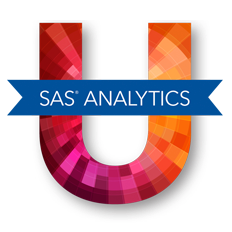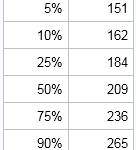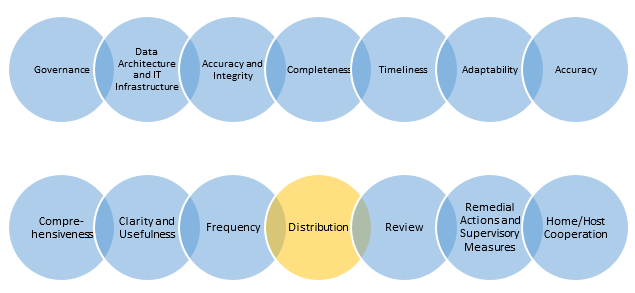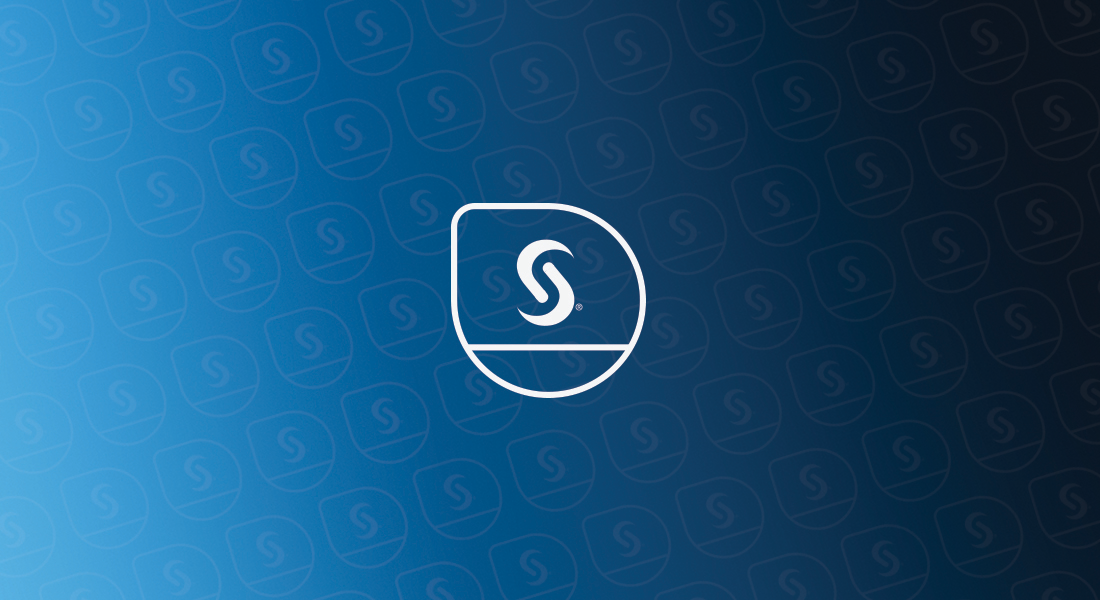All Posts

Did you check your email and/or favourite social media site before leaving for work this morning? Did you do it before getting out of bed? Don’t worry, you’re not alone. I do it every morning as a little treat while I “wake up” and whether I realize it or not,

I speak with executives in every industry – in companies big and small – and they all have the same challenge: They’re overwhelmed with data. The problem? There’s a huge gap between the amount of data they possess and the number of employees who can analyze it. This lack of
At PharmaSUG 2014 in San Diego, I had the pleasure of attending "Swimmer Plot: Tell a Graphical Story of Your Time to Response Data Using PROC SGPLOT", by Stacey Phillips. In this paper, Stacey presented an interesting graph showing the effects of a study drug on patients' tumor size. Stacey

Having spent a good part of my career “owning” the data hub in IT for analytics solutions, I think I can say, the myth that IT controls all things data has become less and less true through the years – and eventually it will be completely false. Or maybe it

Last month, SAS launched our new no-cost software for higher education teaching, learning and research – SAS® University Edition. Available to students, professors, academic researchers and lifelong learners, SAS University Edition provides local access to BASE SAS®, SAS/STAT® software, SAS® Studio, SAS/IML® software and SAS/ACCESS® Interface to PC Files. SAS University Edition

My esteemed colleague and recently-published author Jared Dean shared some thoughts on how ensemble models help make better predictions. For predictive modeling, Jared explains the value of two main forms of ensembles --bagging and boosting. It should not be surprising that the idea of combining predictions from more than one

A colleague asked me an interesting question: I have a journal article that includes sample quantiles for a variable. Given a new data value, I want to approximate its quantile. I also want to simulate data from the distribution of the published data. Is that possible? This situation is common.

Today it is common knowledge that a classroom teacher is the single largest in-school influence on student academic growth[1]. So when South Carolina received ESEA flexibility in July, 2012, the State Department of Education immediately began an initiative empowering teachers to increase their own effectiveness. Known as the Educator Evaluation System
Recently, a user posed a question on how to plot stacked frequencies on a time axis. The data included frequencies of different viruses by week. The data is modified to preserve confidentiality and is shown below. The user's first instinct was to use a bar chart with stacked groups. This works for automatically computing frequencies

Principle 11: Risk management reports should be distributed to the relevant parties while ensuring confidentiality is maintained. Early in 2013, the Basel Committee on Banking Supervision (BCBS) issued guidelines for banks regarding risk data aggregation and reporting. Known collectively as BCBC 239, these principles were designed to ensure that banks

In 1965's Subterranean Homesick Blues, Bob Dylan taught us: You don't need a weatherman / To know which way the wind blows In 1972's You Don't Mess Around with Jim, Jim Croce taught us: You don't spit into the wind By combining these two teachings, one can logically conclude that:

Let’s be honest. When well planned, a SAS Grid Computing platform as the basis for a shared, highly available, high-performance analytics environment can pay for itself many times over. However, it is critical that your overall objectives and computing environment be well understood for you to achieve success with your

Today is my 500th blog post for The DO Loop. I decided to celebrate by doing what I always do: discuss a statistical problem and show how to solve it by writing a program in SAS. Two ways to parameterize the lognormal distribution I recently blogged about the relationship between

This probably won't surprise any of my regular readers: "SAS custom tasks" is one of my favorite topics to talk about. Since 2007, I've written blogs about how you can use custom tasks to extend SAS Enterprise Guide and the SAS Add-In for Microsoft Office. I've shared lots of examples,

Our tradition from Foresight’s birth in 2005 has been to feature a particular topic of interest and value to practicing forecasters. These feature sections have covered a wide range of areas: the politics of forecasting, how and when to judgmentally adjust statistical forecasts, forecasting support systems, why we should










